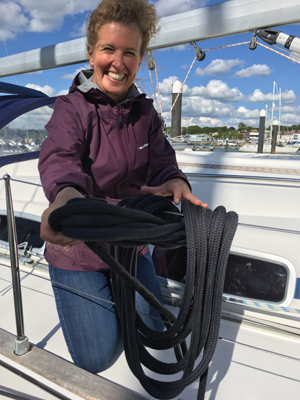
How to tie-up a yacht the HPSS way
Walk along the Hamble Point pontoons and you will see yachts tied-up in an unlimited number of configurations. There are many variables – wind strength and direction, tide, pontoon configuration, position of cleats, type of warp – to be considered when securing a yacht. Whilst it’s fair to say that there are few rights or wrongs there is usually a question of good seamanship.
In this article I’ll try to explain why we secure the Hamble Point yachts as per the diagram below. I’m not brave enough to offer an opinion about locking turns so will leave that one for now!
Alex., Chief Instructor, Hamble Point Sailing School
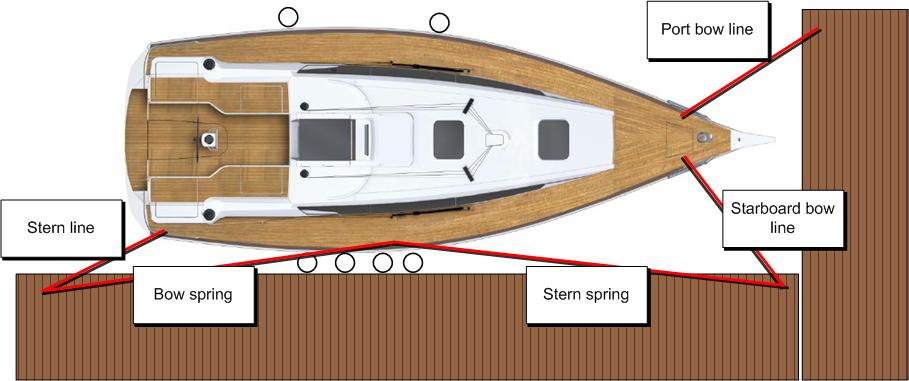
- The stern line serves two purposes. The main one is to hold the yacht alongside the pontoon but, the position of the pontoon cleat in this example, means it also helps to prevent forward movement.
- The sole, and very important, purpose of the bow spring is to prevent the yacht from moving forwards. A bow spring could also be tied between the yacht’s bow cleat and a central cleat on the pontoon (if there is one).
- The sole, and very important, purpose of the stern spring is to prevent the yacht from moving aft (stern wards). A stern spring could also be tied between the yacht’s stern cleat and a central cleat on the pontoon (if there is one).
- The main purpose of the starboard bow line is to hold the yacht alongside the pontoon. It might also have some effect on preventing the yacht moving aft.
- The port bow line stops the yacht going aft and helps to keep the yacht straight within the berth.
Bowlines on the pontoon cleats
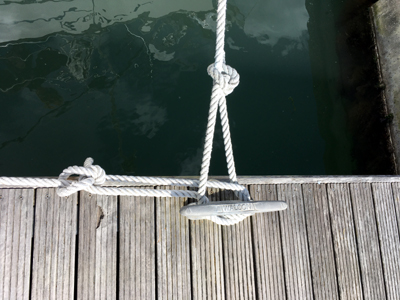
“Oxos” on pontoon cleats take up too much space on the cleat whereas multiple bowlines can easily be tied onto a single cleat. This frees up space for the pontoon cleat to be used by other yachts if necessary.
In addition, each bowline can be undone independently of the others whereas an oxo knot that is beneath another oxo knot cannot be undone.
Oxos on the yacht cleats
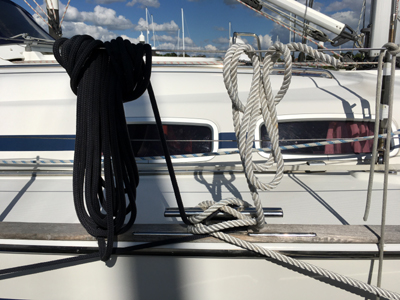
Using oxos on yacht cleats means that the knots are easy to adjust if necessary. It also means that excess mooring line can be “cow hitched” onto the guardrail. Not only does this look tidy but it also allows the warp to dry out and means that it is not a trip hazard.
One warp, one job
It’s easy to use a single rope for two or even three jobs, e.g. as a bow line and a bow spring but this makes it more difficult to adjust the warps and can make life more difficult when setting-up slip lines and removing warps prior to departure.
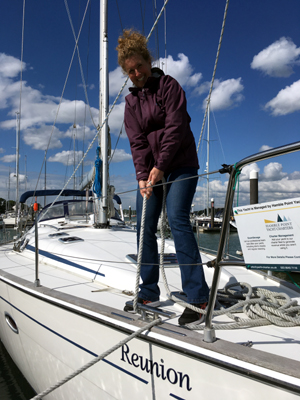
In summary
- Bowlines on pontoon cleats
- Oxos on boat cleats
- Cow hitches to secure excess line to the guard rails
- One warp, one job
Tip
If the “tail” of a bowline is too short the knot can, occasionally, work loose. As a rule of thumb, the tail is long enough if it “droops” and too short if it stands up!
Latest News
Early Booking Discount
Whatever your sailing aspirations might be for the coming year, whether you're looking to build your c
Gift Vouchers
Gift Certificates make the perfect present for any sailing enthusiast. Treat your friend or loved one
The perfect refresher course!
We often hear from skippers who are feeling a little 'rusty', whether it be a dip in confidence, lack
.

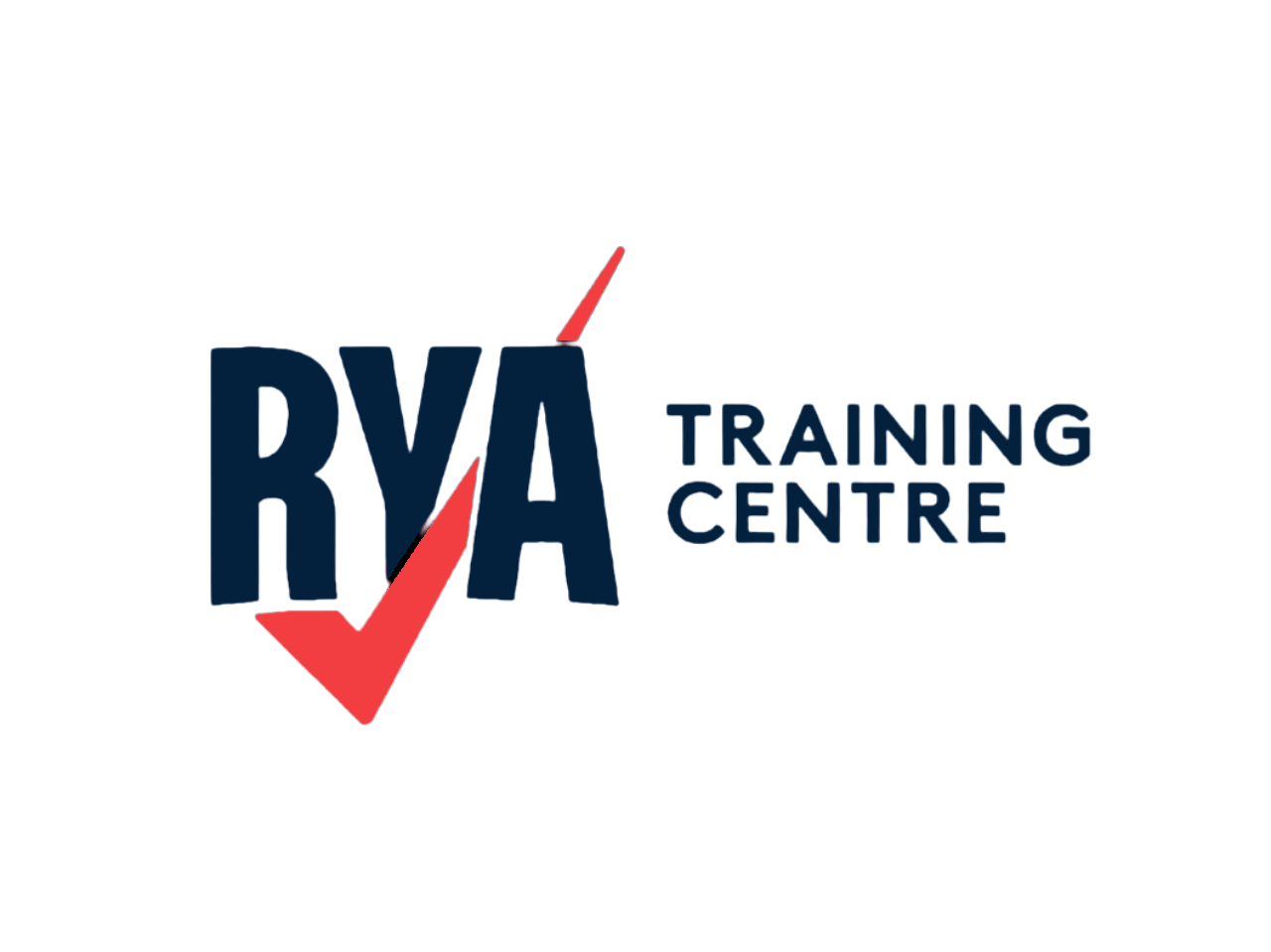
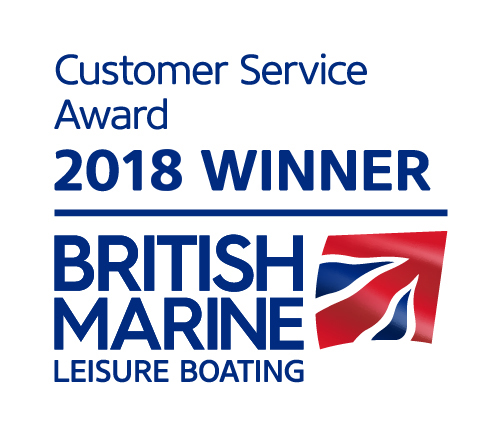
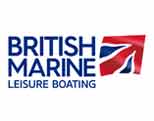

Student Comments
.